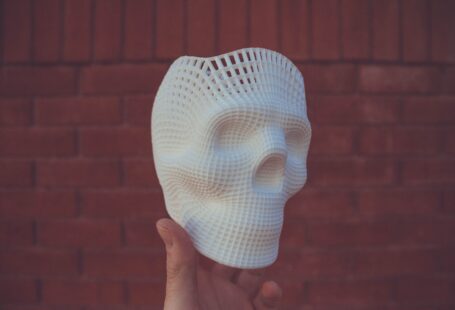The advent of 3D printing technology has revolutionized the way we manufacture parts, components, and products. As the technology continues to evolve, it is becoming increasingly used in a wide variety of industries. One of the most important considerations when selecting a 3D printing material is its chemical resistance. This article will discuss the chemical resistance of various 3D printing materials and how it affects their use in industrial applications.
What is Chemical Resistance?
Chemical resistance is the ability of a material to resist the corrosive effects of chemicals. This can include acids, bases, solvents, and other chemicals. The more chemically resistant a material is, the longer it is able to withstand exposure to chemicals without deteriorating.
Types of 3D Printing Materials
There are a variety of 3D printing materials available, each with its own unique properties and capabilities. Some of the most common 3D printing materials are:
- Acrylonitrile Butadiene Styrene (ABS)
- Polycarbonate (PC)
- Polylactic Acid (PLA)
- Nylon (PA)
- Polyethylene Terephthalate (PET)
- High-Impact Polystyrene (HIPS)
Chemical Resistance of 3D Printing Materials
The chemical resistance of 3D printing materials varies depending on the type of material used. Generally speaking, materials like ABS, PC, and PLA are relatively resistant to chemical corrosion, while materials like PET and HIPS are more susceptible to damage.
ABS is one of the most popular 3D printing materials and is highly resistant to a wide range of chemicals, including acids, bases, solvents, and alcohols. PC is also highly resistant to many chemicals, but is not as durable as ABS. PLA is less resistant to chemicals, but is still quite durable.
Nylon is another popular 3D printing material, and is highly resistant to acids and bases. It is, however, susceptible to damage from solvents and alcohols. PET is highly resistant to acids, but is susceptible to damage from bases and solvents. HIPS is the least resistant of the 3D printing materials, and is not recommended for use in applications where chemical resistance is a requirement.
Conclusion
When selecting a 3D printing material, it is important to consider its chemical resistance. Different materials have different levels of resistance, and it is important to select the material that best suits the application. ABS and PC are the most chemically resistant materials, while PLA and Nylon are less resistant. PET and HIPS are the least resistant materials and should be avoided when chemical resistance is a requirement.





